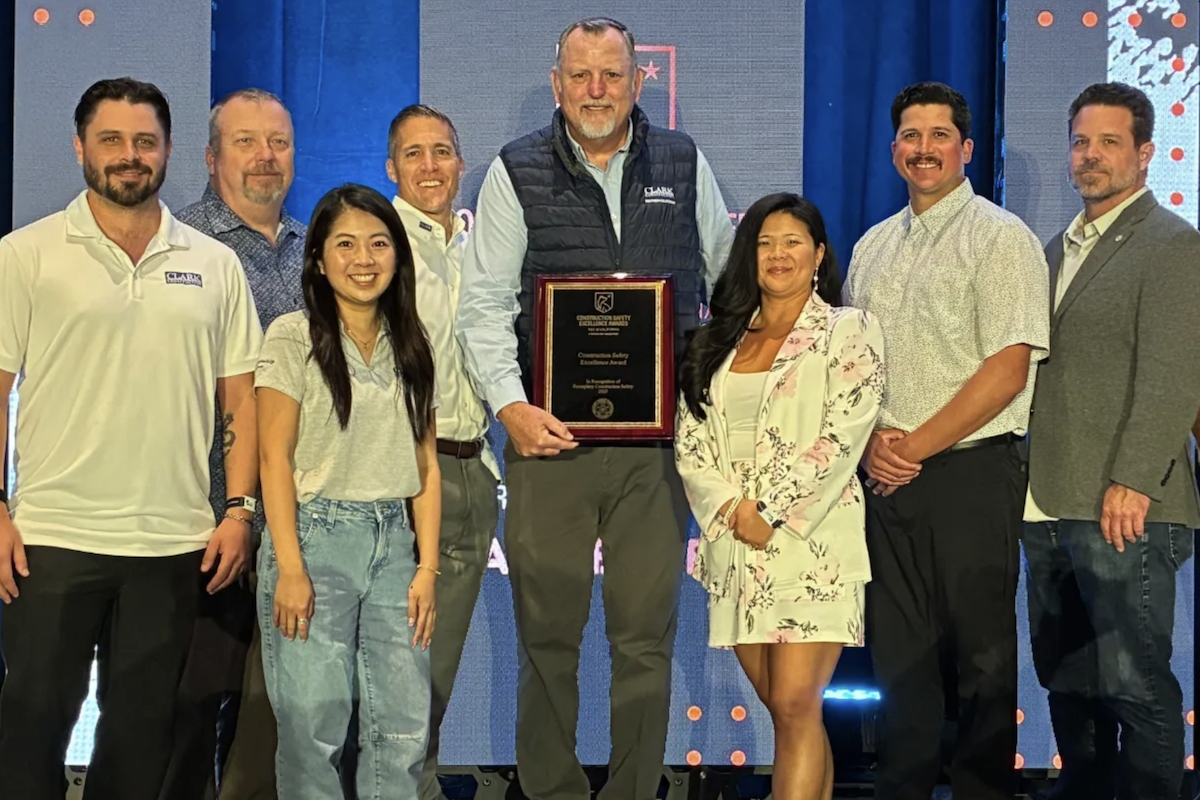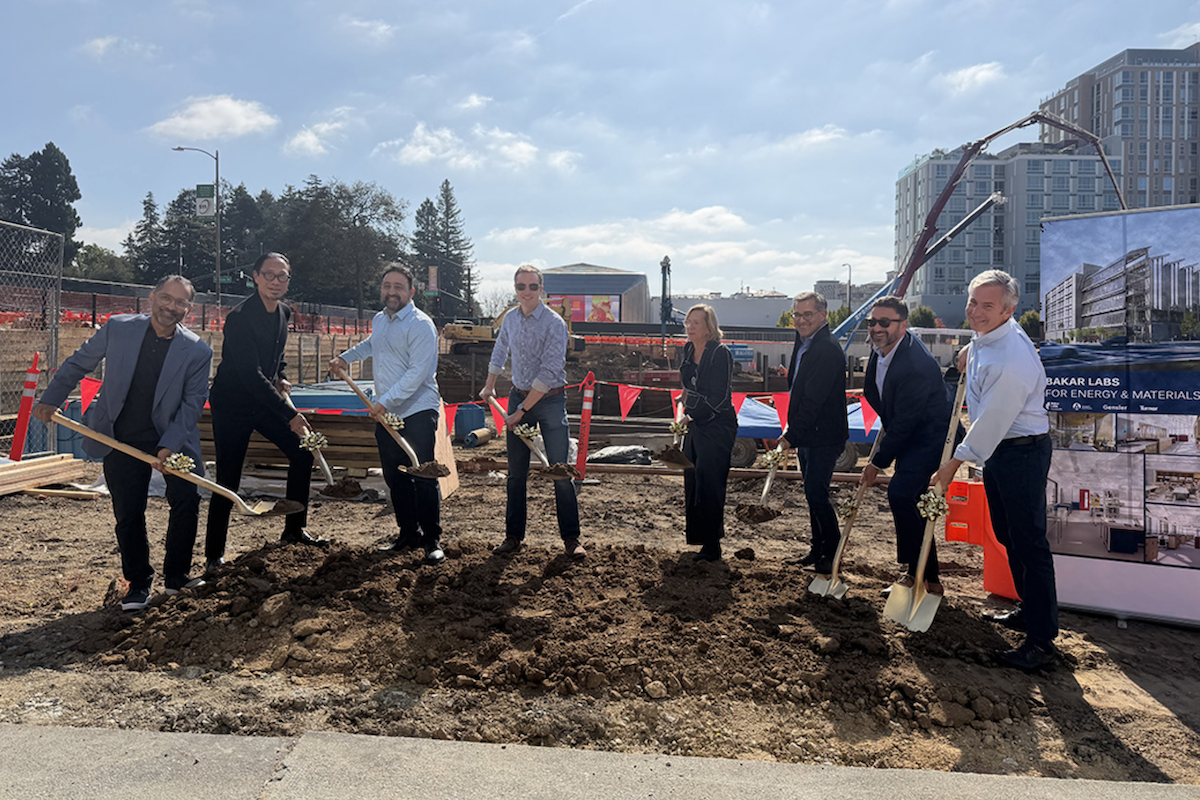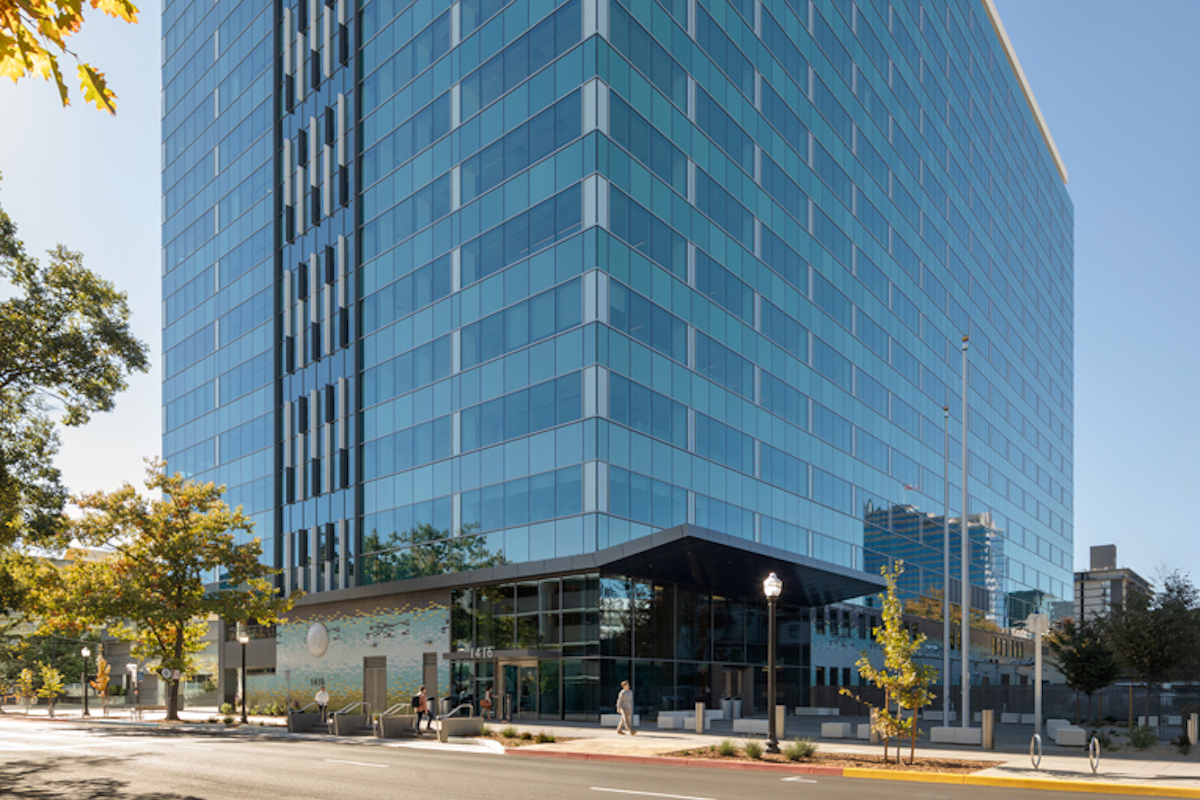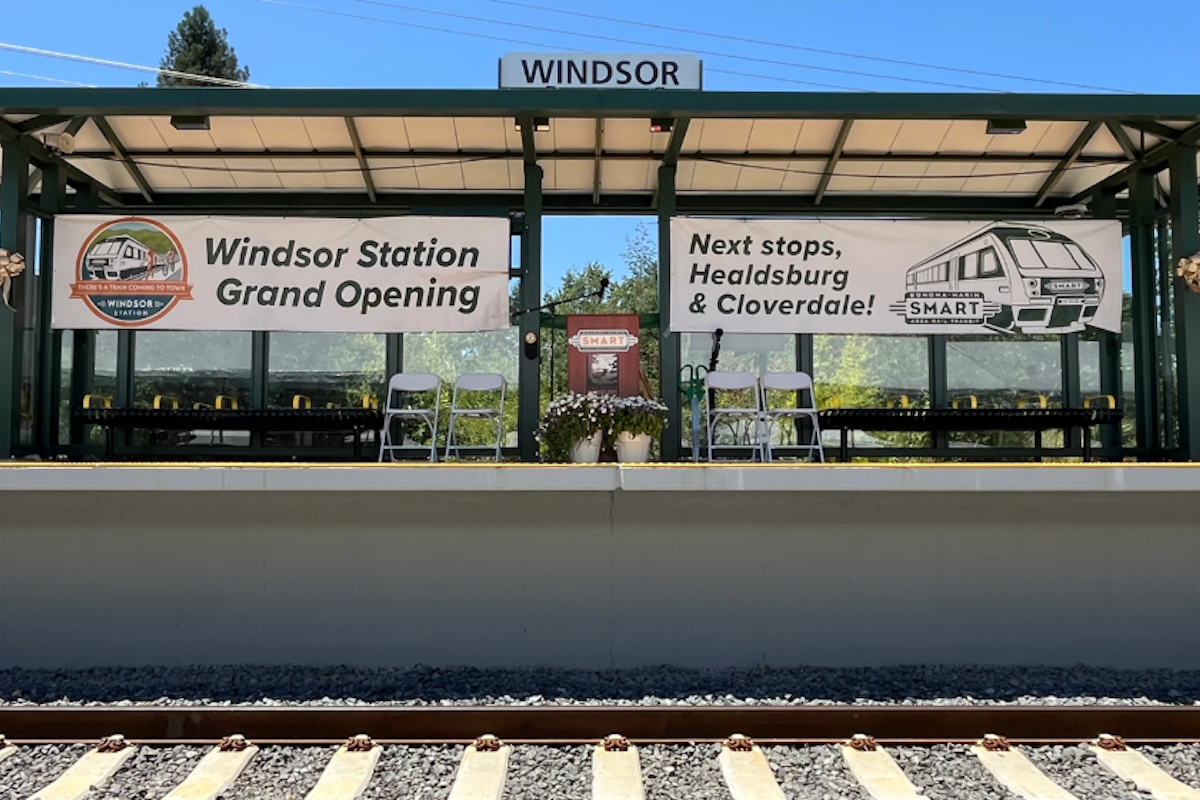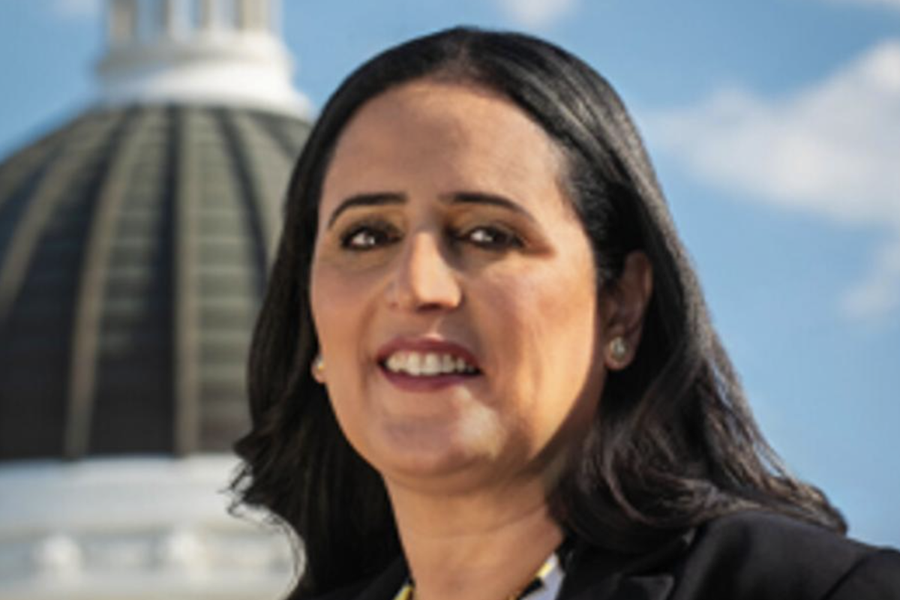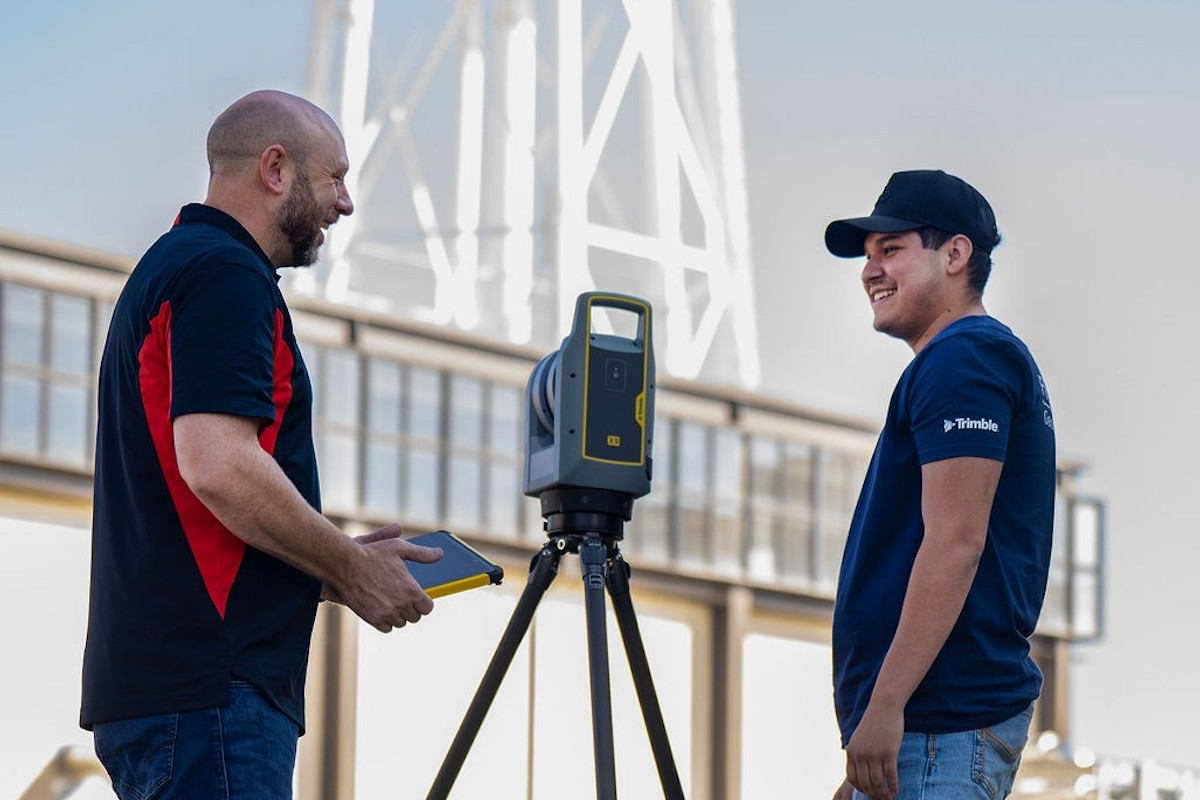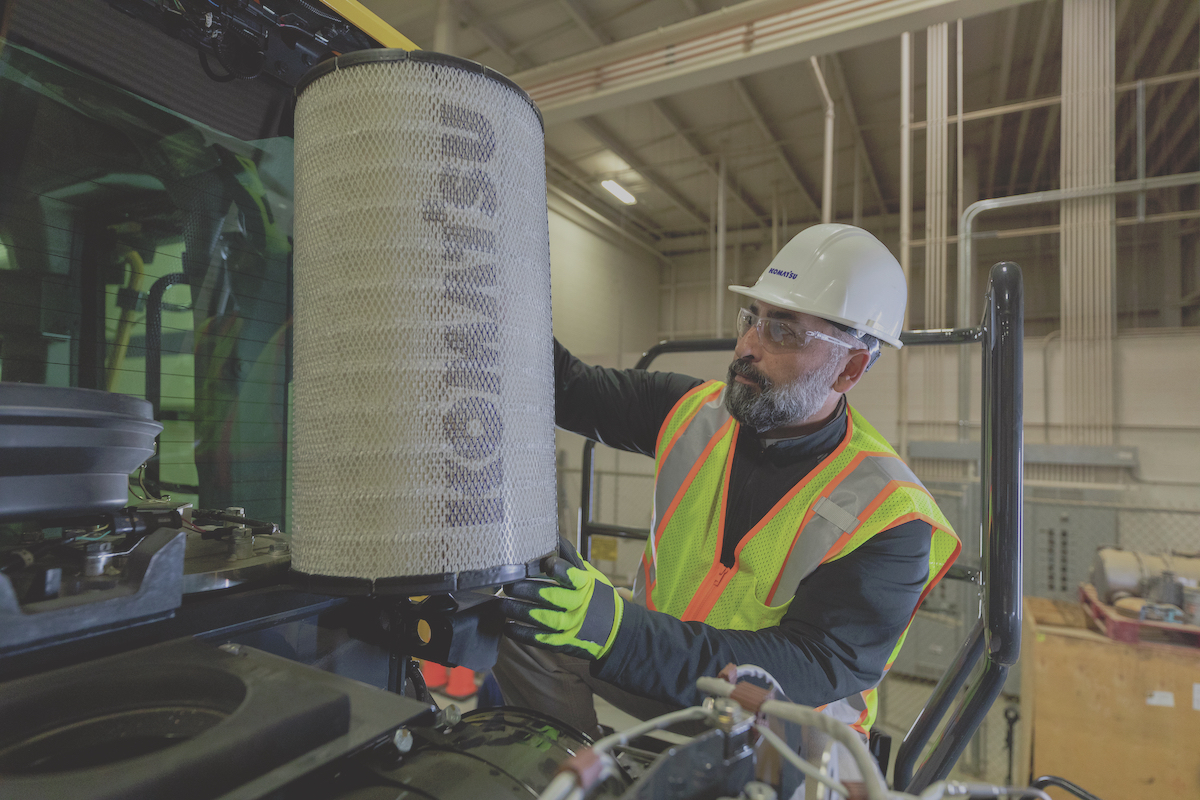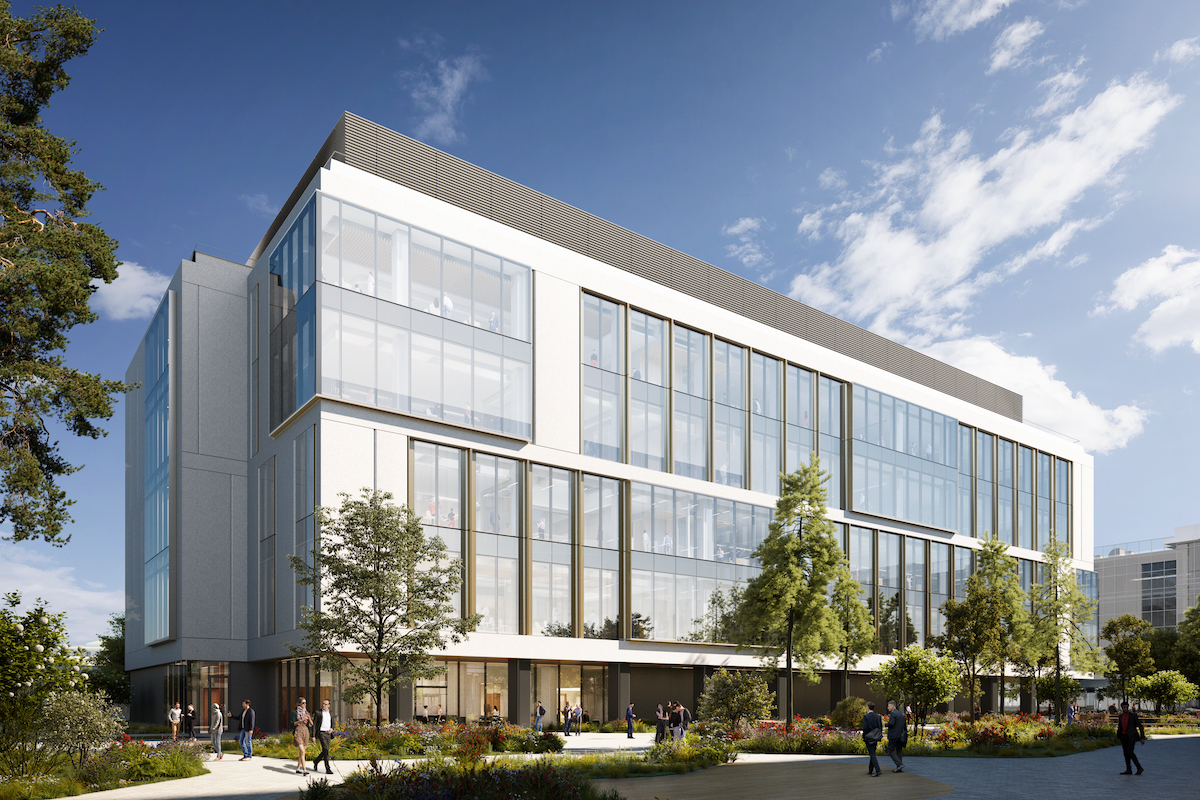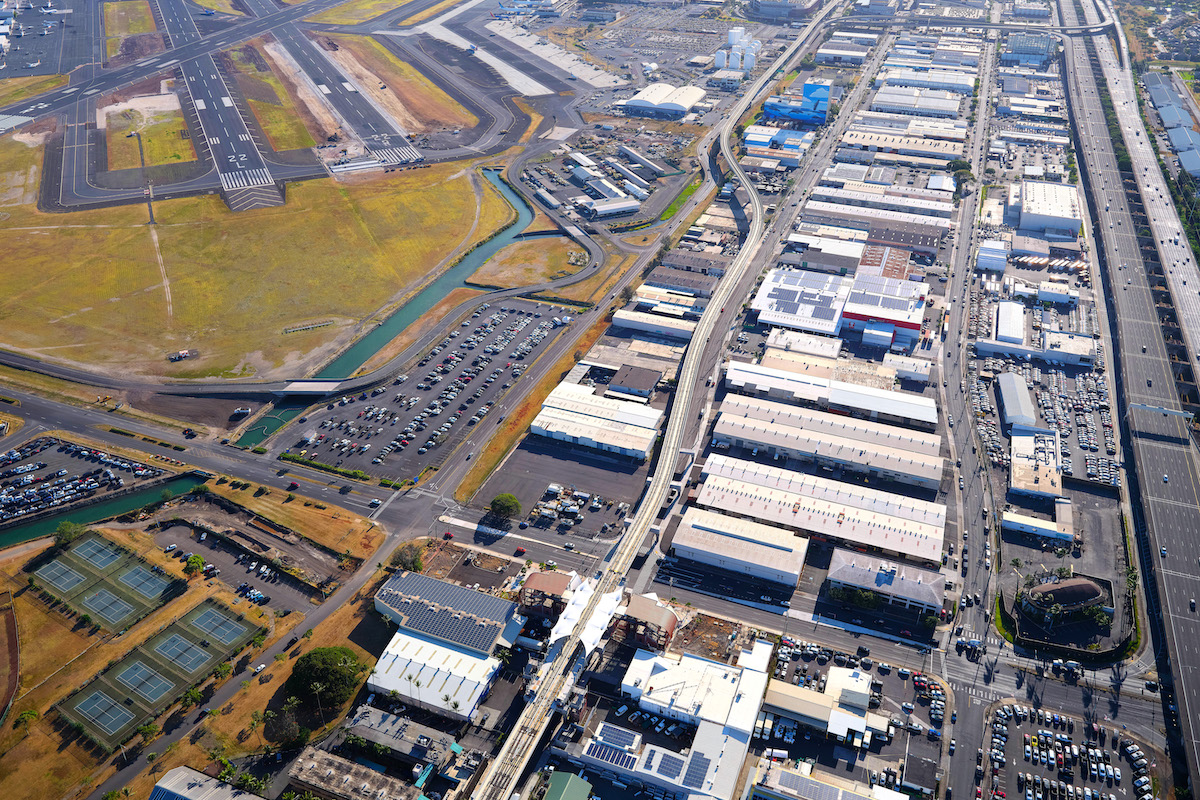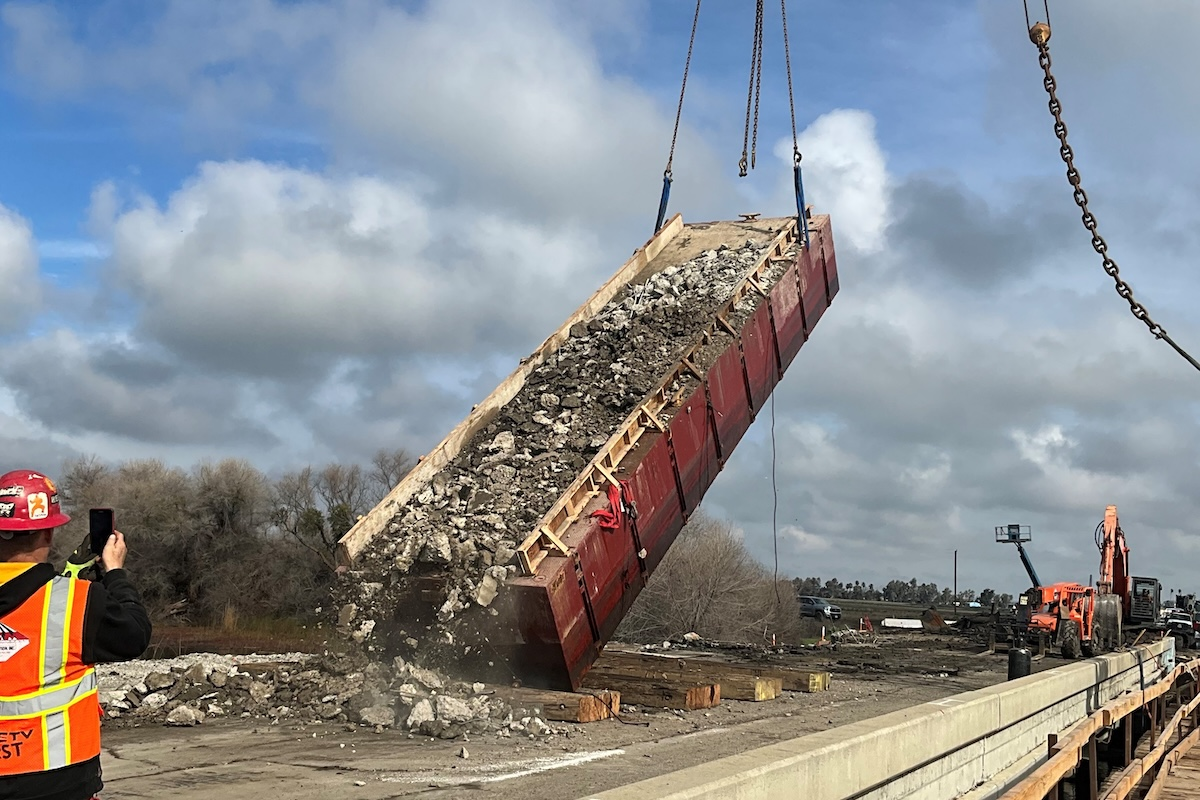I-17 runs north–south through Arizona from Flagstaff to Phoenix. The nearly 146-mile interstate, which was completed in 1978, has been deemed a key commerce corridor by the state.
“This is a critical corridor as there is no high-speed alternative route in the area, and it is the major connector that takes tourists and locals alike to the Grand Canyon and Sedona,” says Annette Riley, a Project Manager with ADOT. The interstate connects with other major routes in Arizona – I-10 and I-40 making it even more critical for the regional and interstate economy.
The 23-mile section of I-17, where the project is taking place, is one of the most heavily utilized roadways in Arizona. There are more than 1 million travelers each year along this stretch.
ADOT is adding one lane on both the northbound and southbound sides – making it three lanes in each direction – for 15 miles. I-17 is already three lanes at the southern end of the project. The northern end of the project is a major rest area where many motorists stop.

| Your local Trimble Construction Division dealer |
|---|
| SITECH Southwest |
| SITECH West |
ADOT is also constructing 8 miles of flex lanes. The two lanes, which will be where the current southbound lanes are located, will be reversible. The flex lanes will operate as an additional two-lane roadway that carries one direction of traffic at a time and can alternate between north- and southbound, depending on the greatest need due to capacity.
On I-17, the peak travel times are the weekends – northbound on Friday and southbound on Sunday. “Lots of families and others take camper trailers and trucks up North on the weekends,” Riley says. From Monday to Saturday, the flex lanes will be open to northbound traffic. The flex lanes will be open to southbound traffic on Sunday. If an incident happens on any given day, the flex lanes can open to either side to clear the congestion. The flex lanes run through curvy, mountainous terrain, which also impacts traffic flow.
Other project elements include repaving the current lanes and widening of 10 bridges to accommodate the added lanes. Two bridges are being replaced as they are reaching the end of their lifespan.
Blasting is needed to remove some of the terrain. The team is allowed to close the highway for up to 40 minutes a night. During this time, they need to blast and clean up the road of any debris that may impede traffic.
Working in proximity to traffic always presents safety issues for workers. Maintenance of traffic is particularly challenging on this project due to the high-speed limit. Motorists often cruise down the hills soaring past the posted speed limit. “We’ve been working with the Arizona Department of Public Safety to figure out ways to get traffic slow down,” Mills says.
The methods being implemented include lowering the speed limit, doubling the fines for speeding in the work zone, radar speed flashing, and having an officer with lights flashing on their vehicle.
However, the funds were not available. Fortunately, the department applied for and received a $90 million INFRA grant. “The grant propelled us to seek ways to find the remainder of the funding,” Riley says. Those other sources include $40 million that came from higher-than-anticipated revenue amid Arizona’s strong economic recovery and federal COVID-relief funds. The rest of the funding came from:
- $130 million of state highway funds
- $50 million programmed by the Maricopa Association of Governments (MAG) for the Maricopa County portion of this project
- $135.9 million from federal aid with matching state highway funds
Kiewit and Fann Contracting have worked in the corridor before and were ultimately awarded the contract.
The project began in September 2022, and the flex lanes are scheduled to open at the beginning of 2025. “The project is currently on schedule, and we expect overall construction to be completed in the winter of 2024 and the flex lanes to open to traffic in January 2025,” says Spencer Cruse, a Commercial Manager with the Kiewit-Fann Joint Venture.
With the widening of this stretch of I-17, travelers will enjoy added capacity, improved traffic flow, and enhanced safety. The critical commerce corridor is vital to Arizona, and the widening will help the state remain competitive.
Photos courtesy of the Arizona Department of Transportation

























